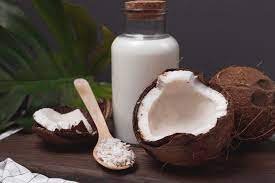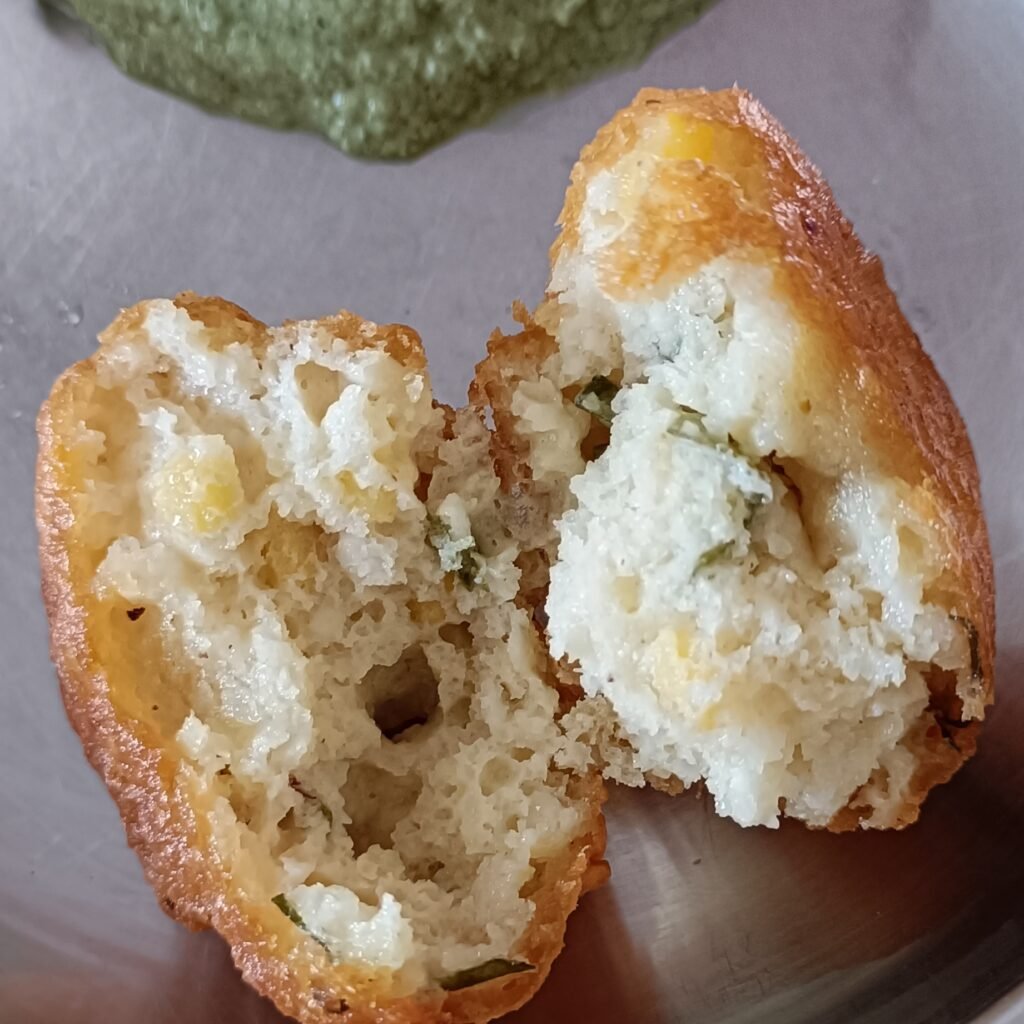Ginger contains over 400 natural compounds one of which is gingerol, which has medicinal properties. It has been part of Indian cuisine and medicine for centuries. Even the leaves are used in some delicacies like patoli. Ginger improves the movement of the digestive tract thus helping food pass faster through the stomach and into the intestines. Travellers who suffer from motion sickness must be familiar with the positive impact ginger has on the sensation of nausea, too. Ginger has been known to reduce bloating, gas and constipation and ease other digestive disorders and reduce inflammation. For generations, Indian households have used ginger to make warm teas to relieve symptoms of cold and cough and also to fight infections or the growth of bacteria.
Traditionally, people chewed on pudina leaves to treat digestive disorders like indigestion, stomach pain, gas, bloating and irregular bowel habits as well as to improve the sense of breathing during colds. It may have antibacterial properties and so has also been used to treat cracks and wounds in the skin. Apart from this, mint helps mask bad breath and kill bacteria in the mouth. Since it is a great source of antioxidants, it also helps to remove toxins from the body and reduce damage caused by free radicals so is a great addition to salads, smoothies and of course for use in traditional chutneys. Most importantly, mint leaves impart a cooling sensation and are therefore a great addition to herbal teas.
Pepper corn is famous as the “king of spices and has been used in Ayurveda for centuries. Black pepper corn are high in antioxidants and may help reduce the harmful effect of free radicals as well as inflammation inside the body which is a major symptom of diabetes, hypertension, heart disease, arthritis, asthma, allergies, and even cancer. Moreover, pepper corn may help in absorbing nutrients, improve gut health by increasing the good bacteria, and relieve pain.
Lemongrass is a fragrant ingredient used to enhance the smell of soaps, candles, insect repellents, dishwashing detergents, and insect repellents. It’s a great addition to teas and is useful for its reported antibacterial and antifungal properties. It may have an anti-inflammatory effect and has been traditionally used to relieve pain and reduce fever.








